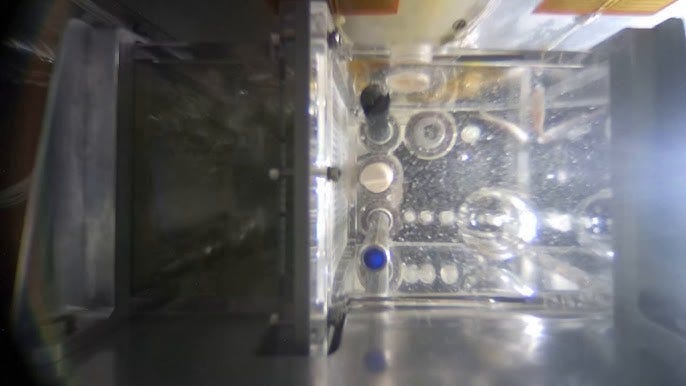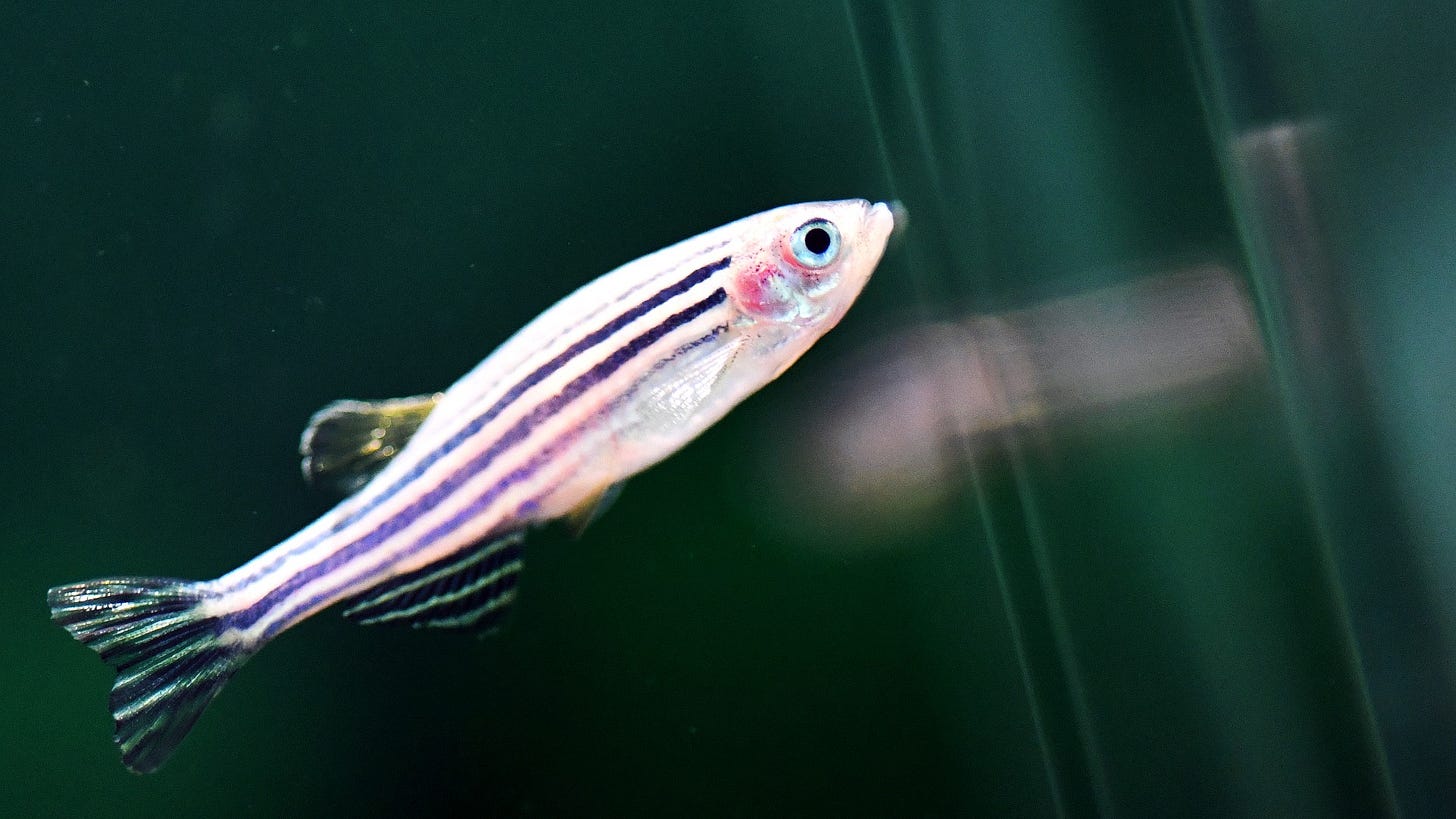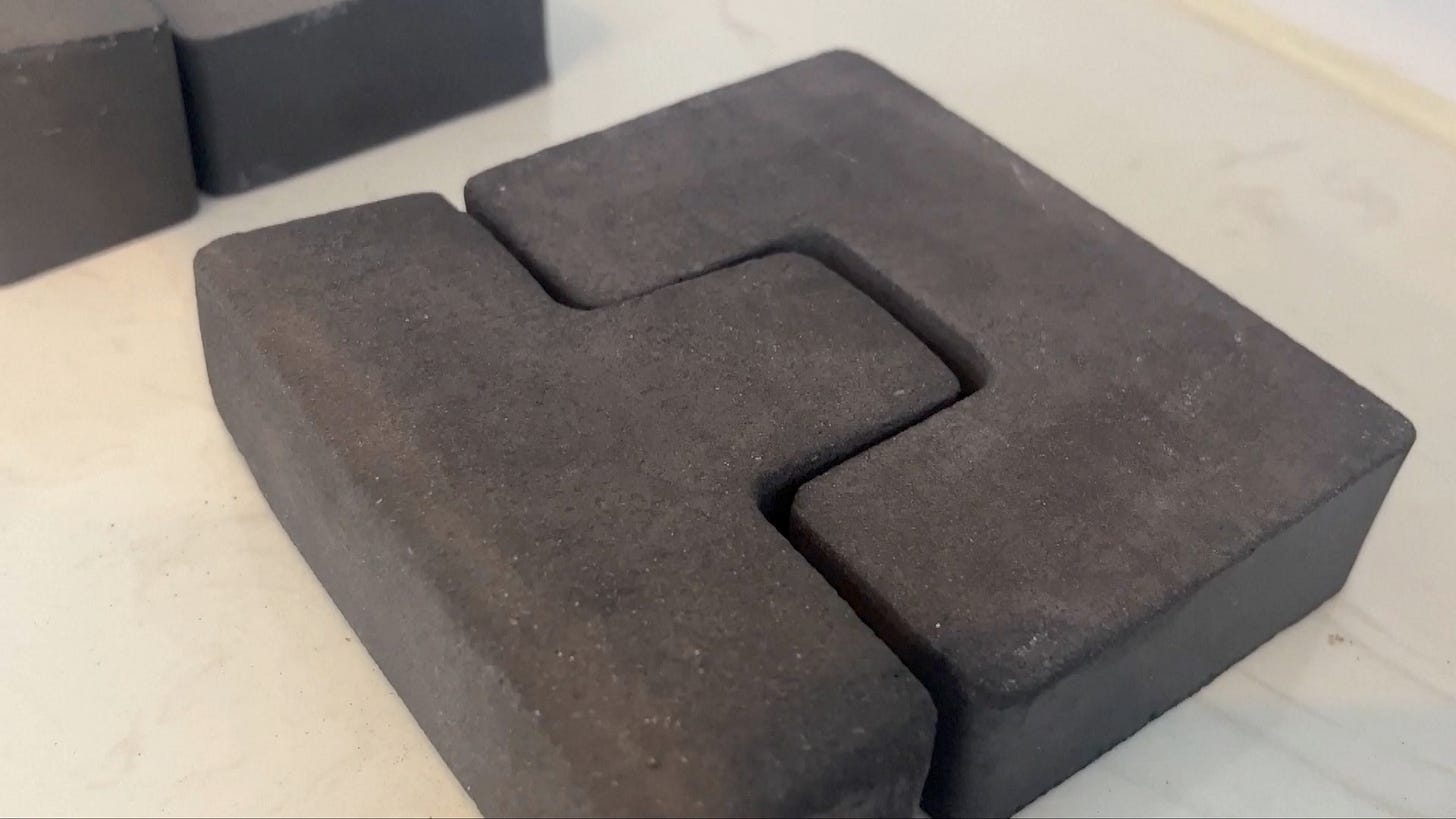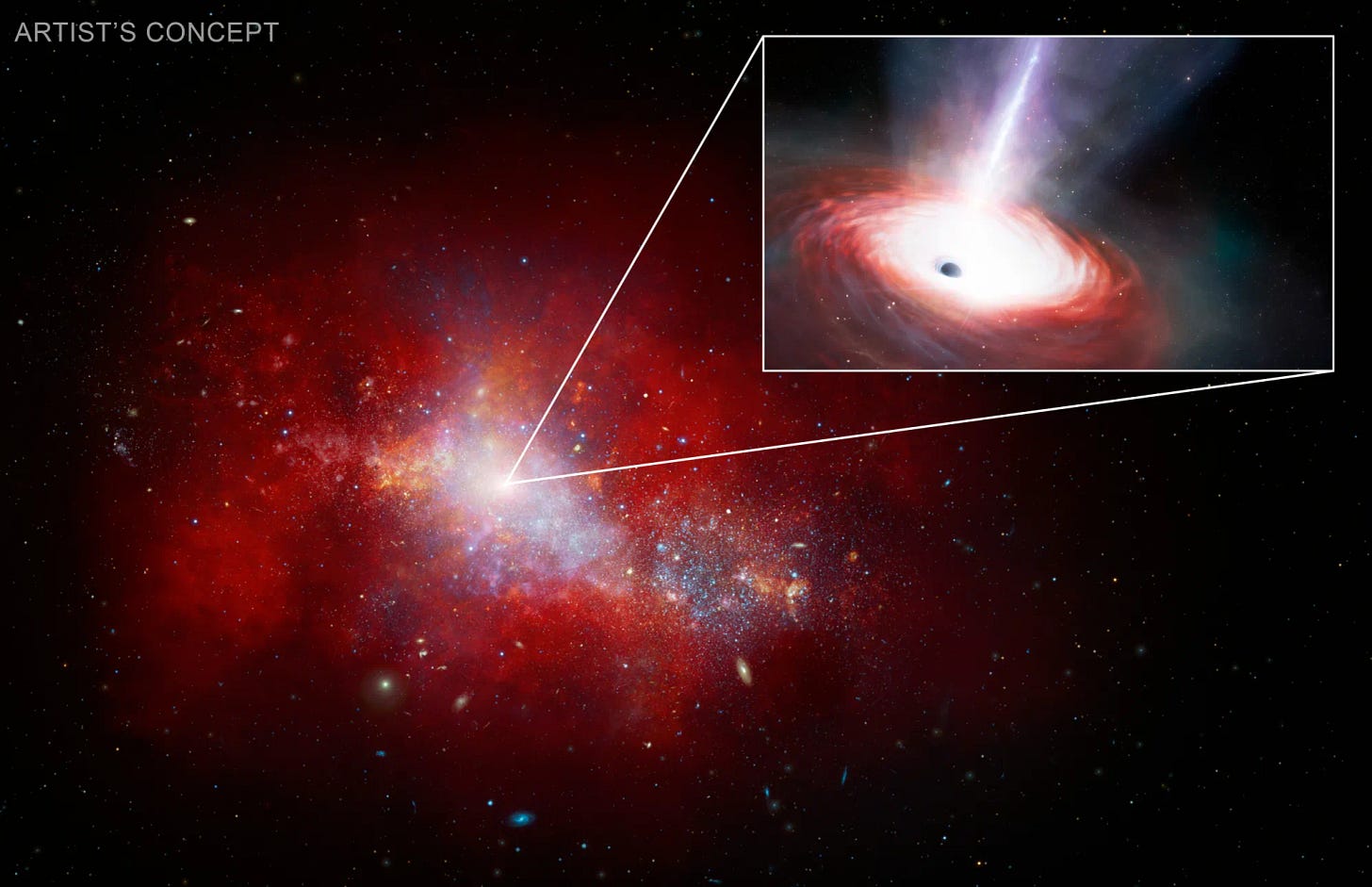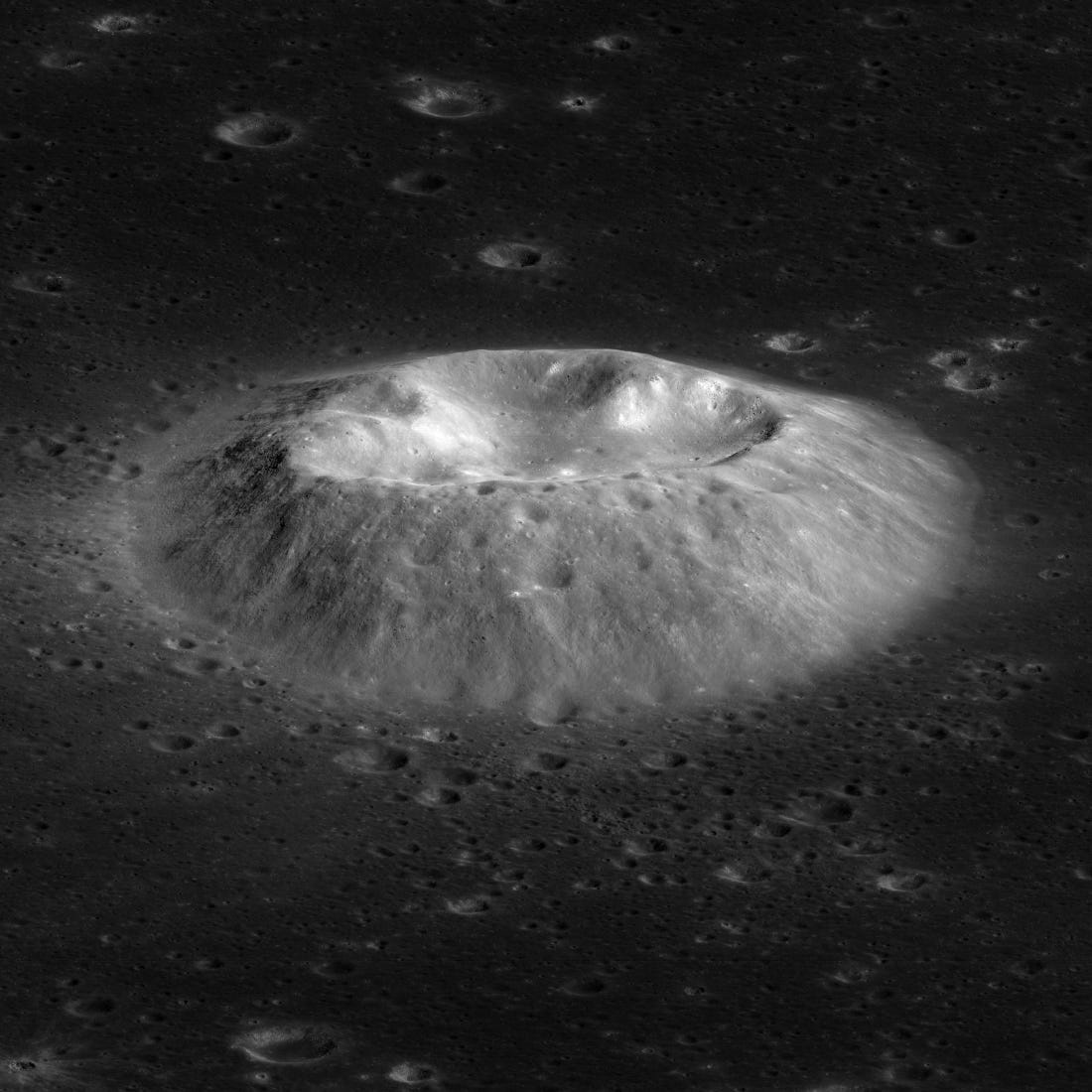Weekly - Astronauts rear 4 zebrafish in space and more
🟢 Weekly Space News - Quick and Easy.
Our Engagement Palette!
We’re excited to share a new colour-coded system for SpaceBlaze:
🟤 Brown: For posts that are mundane and bland.
🟡 Yellow: For fairly interesting posts.
🟢 Green: For our most engaging posts.
This Palette will help you decide which post is worth your time!
*Applicable only for Weekly Space News
This week’s post ranks green 🟢 on the Engagement Palette.
Astronauts rear 4 zebrafish in space
On April 25th, 2024 scientists launched 4 zebrafish to the Chinese space station, Tiangong. The fish were reared by the astronauts for 43 days and were closely examined regularly to monitor the effect of microgravity on vertebrates (animals having a spine). The experiment was concluded on November 4th. The fish are doing quite well in space, but have also exhibited some queer behaviour like inverted swimming.
China sends bricks made of simulated moon soil to space
China recently launched its Tianzhou-8 cargo resupply mission to its Tiangong space station, and on it were a few samples of bricks made from simulated lunar soil. China plans to use bricks made of lunar soil to build its planned moon base by 2035 instead of carrying one from Earth. However, these bricks need to be tested and that is why they have been sent to space. Scientists will conduct various tests on these bricks to observe how they behave in the harsh conditions of space. This observation will go on for 3 years and every year some bricks will be sent back to earth for further study.
NASA finds black hole feeding at 40 times the rate believed possible
Recently, scientists using the James Webb telescope and the Chandra X-ray observatory discovered an ancient black hole that seems to be feeding on nearby matter at 40 times the theoretically possible rate. The black hole called LID-568 formed just 1.5 billion years after the Big Bang (the universe is now 13.8 Billion years old). Scientists have concluded that this rapid feeding of the black hole is just a single episode and not permanent. This finding also has led them to conclude that black holes can gain much more mass than previously expected during just one episode of rapid feeding.
Chinese samples show oldest evidence of volcanic activity on moon
The moon has a lot of volcanoes, and though they are currently all extinct, they used to be active in the past. Scientists analyzing samples retrieved from the moon’s far side (the side facing away from the Earth) by the Chang’e-6 mission, discovered fragments of volcanic rock (basalt), the oldest of which was around 4.2 billion years old. This makes it the oldest evidence of lunar volcanic activity.


